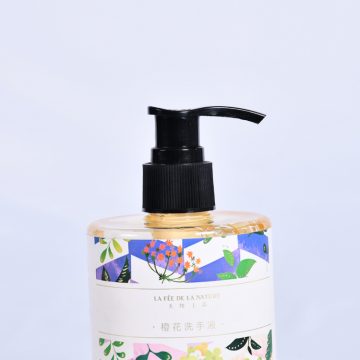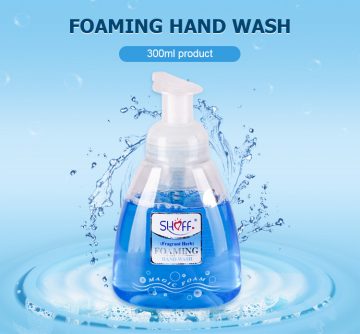1. Determine Your Skin Type: Identify whether your skin is oily, dry, combination, sensitive, or normal. Your skin type will guide you in selecting a soap that addresses your skin’s unique needs.
2. Consider Your Skin Concerns: Do you have specific skin concerns like acne, eczema, or aging? Look for liquid soaps that are formulated to address these issues. For example, if you have acne-prone skin, consider a soap with salicylic acid or tea tree oil. For dry skin, opt for a moisturizing formula.
3. Check Ingredients: Read the ingredient list to ensure the soap doesn’t contain any harsh chemicals or potential allergens that could irritate your skin. Avoid soaps with sulfates, artificial fragrances, and parabens, especially if you have sensitive skin.
4. Look for Mild and pH-Balanced Formulas: Opt for a liquid soap that is pH-balanced and labeled as gentle or mild. This helps maintain your skin’s natural pH level and prevents excessive dryness or irritation.
5. Moisturizing Properties: If you have dry or sensitive skin, choose a liquid soap that includes moisturizing ingredients like glycerin, shea butter, or natural oils. These ingredients help keep your skin hydrated and prevent it from feeling tight or uncomfortable after washing.
6. Avoid Overly Fragranced Soaps: Strong fragrances can sometimes trigger skin irritation, especially for those with sensitive skin. Choose unscented or lightly scented options if you’re concerned about fragrances.
7. Patch Test: Before using a new liquid soap all over your body or face, perform a patch test. Apply a small amount of the soap to a small area of skin and wait for 24 hours to see if any adverse reactions occur.
8. Read Reviews: Reading reviews from others with similar skin types and concerns can provide insights into how a particular liquid soap has worked for them. Keep in mind that individual experiences may vary, but reviews can help you narrow down your options.
9. Consult a Dermatologist: If you have specific skin conditions or concerns, it’s a good idea to consult a dermatologist. They can recommend suitable products based on your skin’s needs and any underlying issues.
10. Try Samples or Travel Sizes: If you’re unsure about committing to a full-sized bottle, look for sample or travel-sized versions of the liquid soap. This allows you to try the product without a significant investment.
11. Listen to Your Skin: Once you’ve chosen a liquid soap, pay attention to how your skin reacts. If you experience irritation, redness, dryness, or any other negative effects, discontinue use and try a different option.
Remember that what works best for your skin may require some trial and error. Everyone’s skin is unique, so take the time to find a liquid soap that suits your individual needs and preferences.








